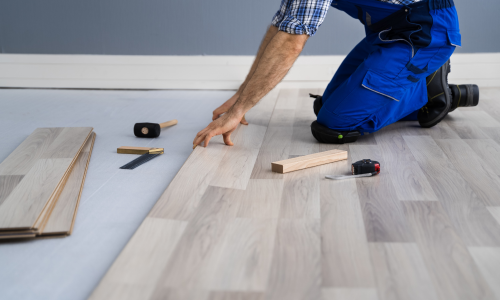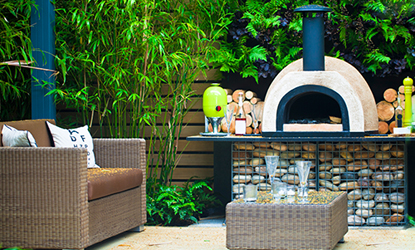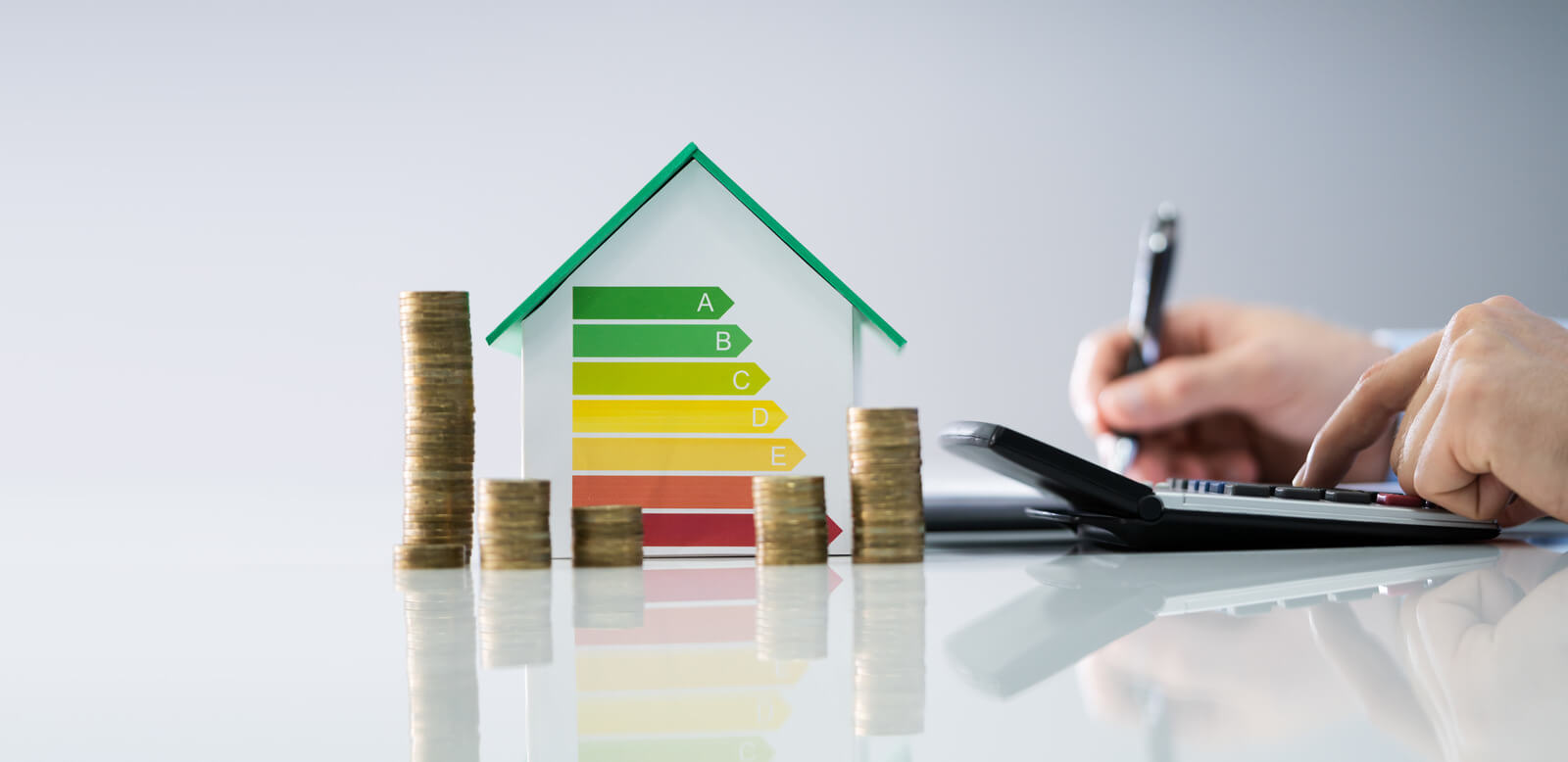When you’re a landlord, it can become difficult to make your property stand out in the rental market. This can be achieved by performing unique renovations that will attract more tenants. When considering renovations and improvements, you need to identify your target market. You don’t want to overspend on a renovation project and then rent it out to students. Understanding your costs and return on investment on your property is an important factor.
Plan your renovation ahead
Planning your renovations ahead of time is a crucial element to the entire process, as this allows you to anticipate and prepare for how long your property will stand empty. This will also enable you to determine whether the traders can work in your preferred timeframe, preventing your property from becoming unoccupied longer than expected. Planning ahead allows you to get your property back on the market quicker.
Short-term or long-term?
The first factor that needs to be identified is what type of rental your property will become after the renovation. If you’re a short-term holiday renter, you are more likely to make the property super attractive, colourful, and well-furnished quickly. If you are long-term letting your property, you are likely to achieve more durable, long-lasting renovations, reducing maintenance throughout the long-term letting. Identifying this ahead of time allows you to get your property back on the market quicker.
Check your insurance and warranties
When making certain renovations to your property, it is crucial to check if your home insurance policy covers you while making these changes. Major renovations are typically not covered by most regular insurance policies, so we suggest purchasing a separate policy. When purchasing certain items for your renovation, you will sometimes be offered extra warranties to add on. As a landlord, extended warranties are an excellent idea, as they allow you to have extra coverage in the future. By having different types of tenants, you can’t always guarantee your property will be cared for at the same standard as yourself, so it’s always recommended to have extra protection on purchases.
Kitchens and bathrooms
When planning a property renovation, the kitchen and bathrooms are the two primary rooms where the house can significantly increase in value. They can potentially increase the value of your home by as much as 10%.* This is because they are durable and costly renovations, giving the property a more modern appearance.
Decorating
When decorating a rental property, it is more common to use darker neutral tones. White and cream create a clean appearance but are not long-lasting and realistic colours to maintain. Having darker neutral tones allows the walls to appear newly decorated for longer, disguising scratches and damage a lot easier in the future. When decorating your rental property, we recommend always buying extra paint for the future, as this allows you to make small fixes within your property while maintaining the same colour.
Preventing property maintenance
When renovating, it is a smart idea to think ahead to see what precautions you can take to prevent property problems in the future. One of those would be checking that your property has no underlying damp and installing measures for mould growth prevention. Using laminated flooring and tiles in most rooms is a great way to make easy, cleanable surfaces and reducing carpet cleaning costs in the future. If you address underlying property problems when renovating, you will have a reduction in overall maintenance and problems in the future.
Keep your receipts
Keeping all your receipts when renovating your property allows you to claim back tax. This is because you are a landlord, and this is your business, so you are able to claim the tax back. This will make a difference in your costs, so even if it is the smallest receipt, it is key to keep it.
Contact us today if you need help understanding the rental market






Share this with
Email
Facebook
Messenger
Twitter
Pinterest
LinkedIn
Copy this link